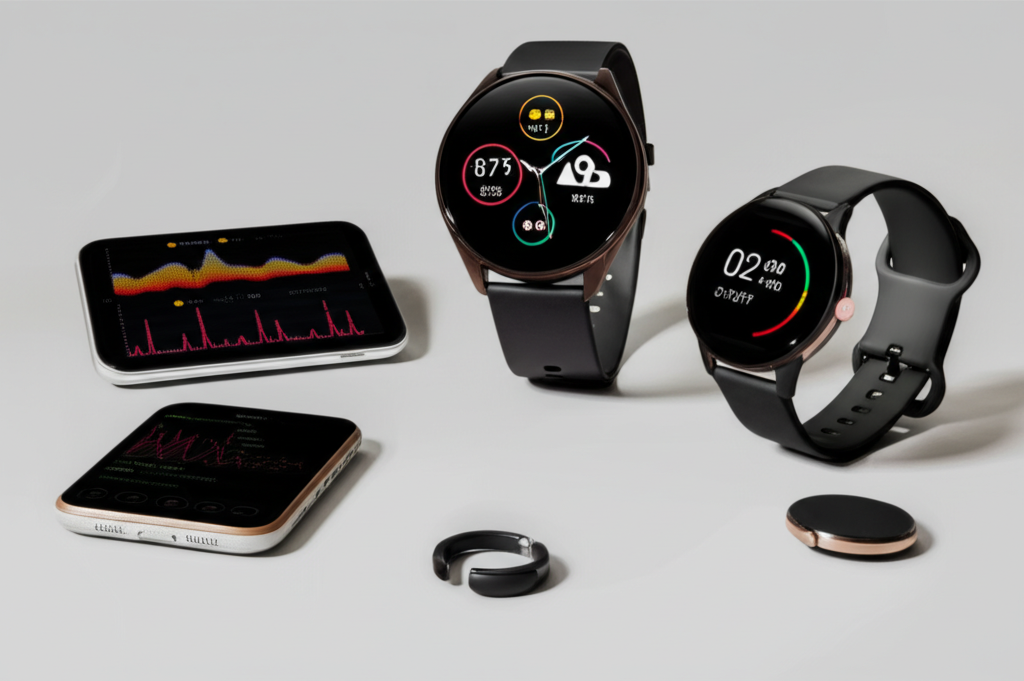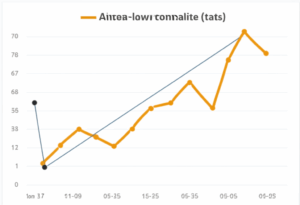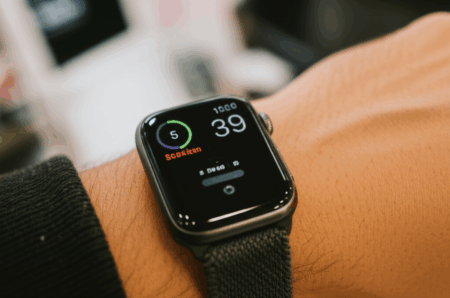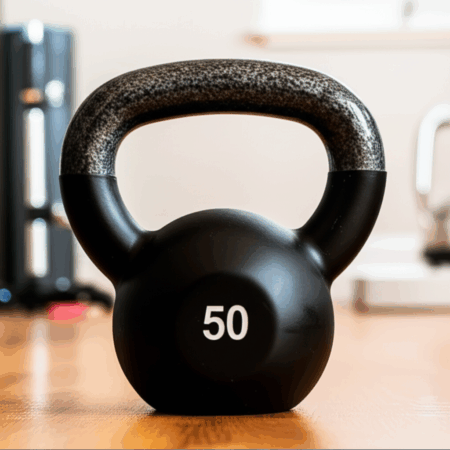From smartwatches tracking your daily steps to rings monitoring your sleep cycles, wearable fitness technology has become ubiquitous, seamlessly integrating into our lives. But beneath the surface of these sleek gadgets lies a colossal engine: big data. This explosion of personal health metrics is transforming how we understand fitness, manage wellness, and even approach healthcare, creating a dynamic and ever-evolving “big data game” with significant implications for individuals and industries alike.

What is Wearable Fitness Tech and the Data it Collects?
Wearable fitness technology encompasses a range of electronic devices worn on the body that collect and analyze physiological data. These include popular smartwatches, dedicated fitness trackers, smart rings, and even sensor-embedded smart clothing. These devices are equipped with various sensors—such as accelerometers, gyroscopes, optical heart rate sensors, and temperature sensors—that continuously monitor changes in the user’s body and environment.
The sheer volume and variety of data collected are staggering, often referred to as “big data.” This data includes, but is not limited to:
- Biometric Data: Heart rate, heart rate variability, blood oxygen levels, body temperature, respiration rate, and even ECGs.
- Activity Data: Steps taken, distance covered, calories burned, active minutes, types of activity (walking, running, swimming), and intensity of exercise.
- Sleep Data: Sleep duration, sleep stages (light, deep, REM), sleep quality, and disturbances.
- Location Data: GPS tracking for outdoor activities.
- Other Metrics: Some advanced devices can also track stress levels, hydration, and even analyze vocal tones for depression symptoms.
This continuous stream of personalized biometric fitness data is then transmitted wirelessly to associated apps on smartphones or tablets, and from there, often uploaded to cloud-based servers for further processing and analysis.

How Big Data is Leveraged in Fitness and Wellness
The true power of wearable fitness tech emerges when this vast amount of data is subjected to big data analytics, often employing artificial intelligence (AI) and machine learning (ML) algorithms. These advanced analytics transform raw metrics into actionable insights for various stakeholders.
Personalized Fitness and Health Insights
For individual users, big data fuels highly personalized experiences:
- Tailored Coaching and Workout Plans: By analyzing individual performance, recovery rates, and goals, AI-powered platforms can adjust workout intensity, duration, and frequency, offering dynamic, customized training programs. This can help users optimize performance and prevent injuries.
- Real-time Feedback and Goal Setting: Devices provide immediate feedback on physical activities, sleep, and nutrition, allowing users to track progress and set achievable fitness goals based on their historical data.
- Behavioral Change and Motivation: Access to personal fitness data empowers and motivates individuals to make positive lifestyle choices, monitor their overall health, and stick with plans to improve their well-being.
Advancing Healthcare and Medical Research
Beyond personal fitness, big data from wearables is profoundly impacting the healthcare sector:
- Remote Patient Monitoring: Healthcare professionals can access real-time patient data, including vital signs, activity levels, and sleep patterns, enabling continuous monitoring, particularly for those with chronic conditions like diabetes or heart disease. This allows for timely interventions and personalized advice, potentially reducing the need for frequent hospital visits.
- Early Detection and Predictive Analytics: The vast datasets allow for the identification of patterns and trends that can predict future health outcomes or risks. Wearables can detect irregular heart rhythms, changes in sleep patterns, or subtle shifts in biomarkers that might indicate the early onset of conditions like atrial fibrillation, diabetes, or even respiratory illnesses.
- Large-Scale Health Studies: Researchers leverage aggregated, anonymized data from millions of users to conduct large-scale observational health trials, gaining deeper insights into population-level health behaviors and disease trends. This can help medical authorities understand the impact of lifestyle on diseases and inform public health strategies.
Commercial and Industry Applications
Businesses in the fitness and wellness industry also benefit significantly:
- Product Development and Personalization: Companies can use aggregated data to understand consumer needs and preferences, informing the development of new products and services tailored to user behavior.
- Targeted Marketing: Understanding user activity levels, sleep patterns, or stress indicators can help companies tailor advertising and product offerings.
- Gym Management: Gyms use member check-in data to understand usage patterns, popular times, and workout durations, aiding in operational optimization and service improvement.

Challenges and Considerations in the Big Data Game
While the benefits are substantial, the big data game of wearable fitness tech comes with significant challenges that need careful navigation.
Data Privacy and Security Concerns
The collection of intimate biometric and location data raises major privacy concerns. Users worry about who can access their personal information, how it might be used, and the potential for surveillance or data breaches. There is also a lack of clear legislative clarity on data ownership. Robust encryption and secure cloud storage are crucial to protect user data.
Data Accuracy and Interpretation
Not all wearable sensors provide equally accurate or reliable data, and discrepancies in readings can lead to user misinterpretation or unnecessary anxiety. Ensuring consistent and reliable data across various users and conditions is an ongoing challenge. Helping users make sense of complex biometric data without causing undue stress or encouraging self-diagnosis is also important.
Data Overload and Ethical Implications
The constant stream of data can lead to “data overload” for both users and healthcare providers. Furthermore, ethical questions arise regarding the potential for “high-tech profiling,” automated decision-making, and even discriminatory practices based on predictive analytics. The phenomenon of “social cooling,” where individuals modify their behavior due to constant monitoring, is also a concern.
Interoperability and Standards
For the full potential of wearable data to be realized, especially in healthcare, seamless integration and interoperability between different devices, apps, and healthcare systems are essential. Developing common standards for data storage and communication would enable better data sharing and scientific progress.

The Future of Wearable Fitness Tech and Big Data
The future of wearable fitness technology and big data is characterized by continuous innovation and deeper integration into daily life and healthcare. Experts predict several key trends:
- Enhanced AI and Machine Learning: AI and ML will become even more integral, providing highly accurate health tracking, personalized insights, and predictive health capabilities. This includes real-time coaching, advanced detection of early illness signs, and tailored advice on diet, exercise, and sleep.
- Medical-Grade Wearables: The line between consumer fitness trackers and medical devices will continue to blur. Advanced sensors will enable more precise monitoring of critical health metrics, moving towards regulatory approval for diagnosing conditions and managing chronic diseases. Innovations like “no-needle” glucose monitoring and advanced sleep apnea detection are on the horizon.
- Integration with Healthcare Systems: Data from wearables will be increasingly shared directly with healthcare providers, becoming essential for remote patient monitoring, telemedicine, and creating personalized treatment plans.
- New Form Factors and Biomarkers: Beyond watches, smart clothing and other discreet form factors will gather more detailed data by covering larger body areas. Future devices may also track a wider range of biochemical and physiological markers, including cytokine levels in sweat.
- Preventative and Proactive Health: The focus will shift further towards preventative health features, allowing for the early detection of conditions before symptoms appear, empowering individuals to take proactive control of their well-being.
The “big data game” of wearable fitness technology is rapidly evolving, promising a future where personalized health insights and proactive wellness management are more accessible than ever before. However, successfully navigating this future will require careful attention to data privacy, accuracy, and ethical considerations to ensure that the technology truly serves humanity’s best interests.







